Re: Africa Wild Insect Book Flies Photos & Descriptions
Posted: Mon Nov 11, 2013 4:13 pm
Long-legged Fly possibly Condylostylus sp.
Family: Dolichopodidae. Subfamily: Sciapodinae
 © BluTuna
© BluTuna
Garden in Johannesburg
Dolichopodidae, the long-legged flies, are generally small flies with large, prominent eyes and a metallic cast to their appearance. Most have long legs. The adults are predatory on other small animals.
The genus Condylostylus is a wide spread pantropical taxon. It contains approximately 308 described species. Twelve species of the genus occur throughout su-Saharan Africa. Species recorded from South Africa are: C. angustipennnis, C. congensis, C. degener, C. imitator, C. pateraeformis.
Links: Afrotropical species of the genus Condylostylus Bigot
Family: Dolichopodidae. Subfamily: Sciapodinae
 © BluTuna
© BluTunaGarden in Johannesburg
Dolichopodidae, the long-legged flies, are generally small flies with large, prominent eyes and a metallic cast to their appearance. Most have long legs. The adults are predatory on other small animals.
The genus Condylostylus is a wide spread pantropical taxon. It contains approximately 308 described species. Twelve species of the genus occur throughout su-Saharan Africa. Species recorded from South Africa are: C. angustipennnis, C. congensis, C. degener, C. imitator, C. pateraeformis.
Links: Afrotropical species of the genus Condylostylus Bigot
 © BluTuna
© BluTuna
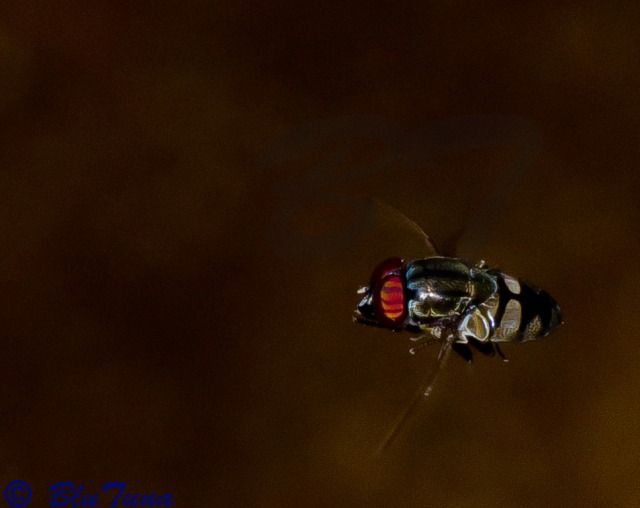 © BluTuna
© BluTuna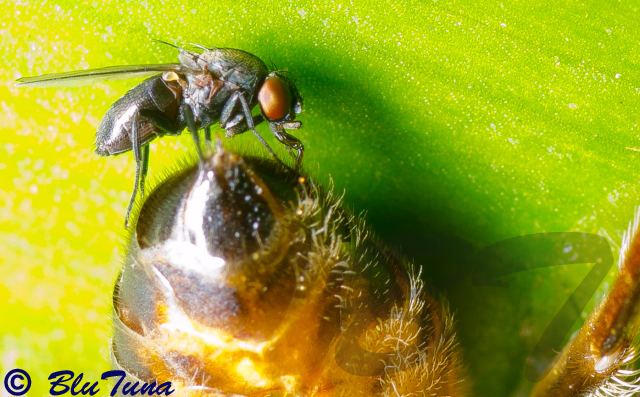 © BluTuna
© BluTuna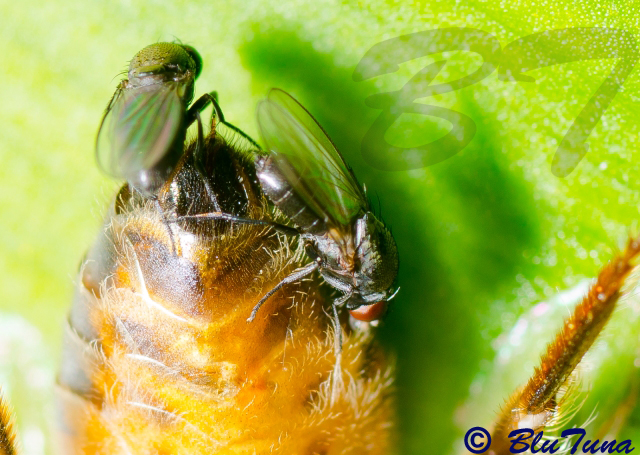 © BluTuna
© BluTuna © BluTuna
© BluTuna  © BluTuna
© BluTuna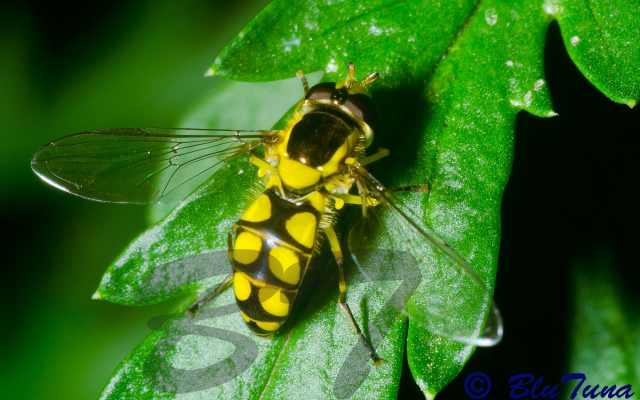 © BluTuna
© BluTuna © BluTuna
© BluTuna © BluTuna
© BluTuna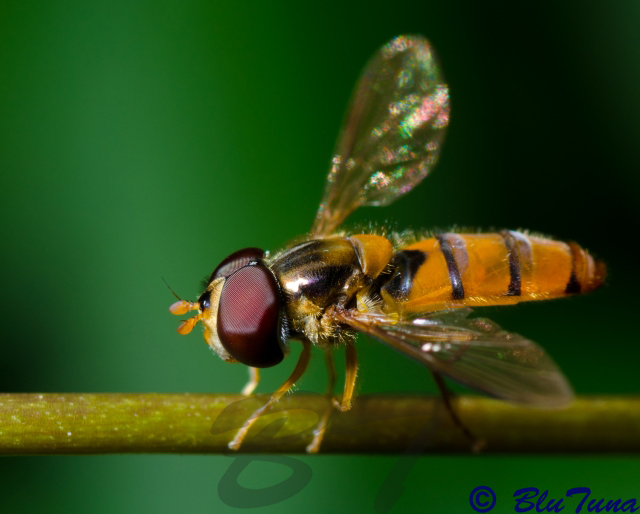 © BluTuna
© BluTuna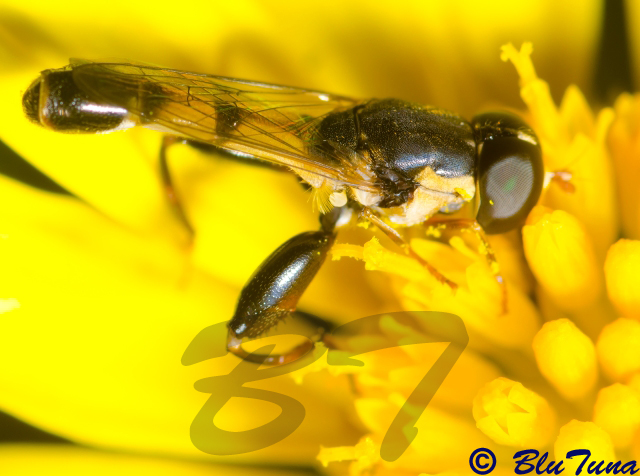
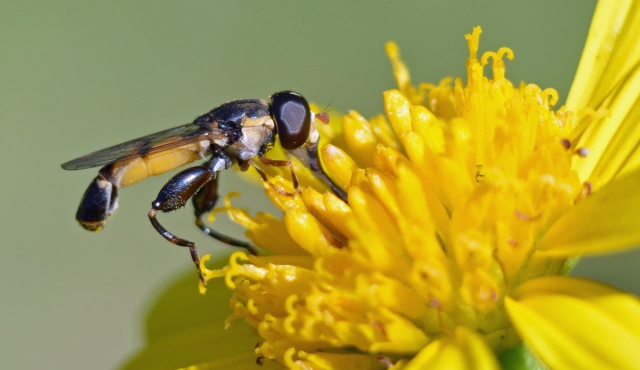 © BluTuna
© BluTuna © BluTuna
© BluTuna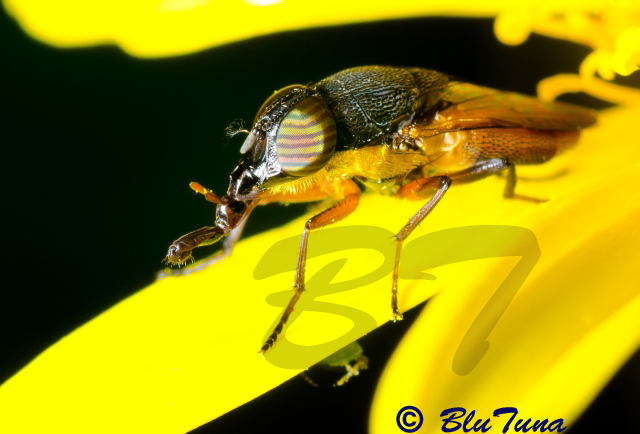 © BluTuna
© BluTuna © BluTuna
© BluTuna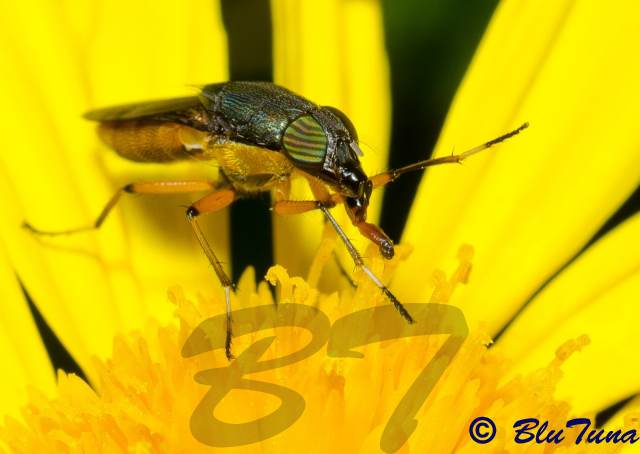 © BluTuna
© BluTuna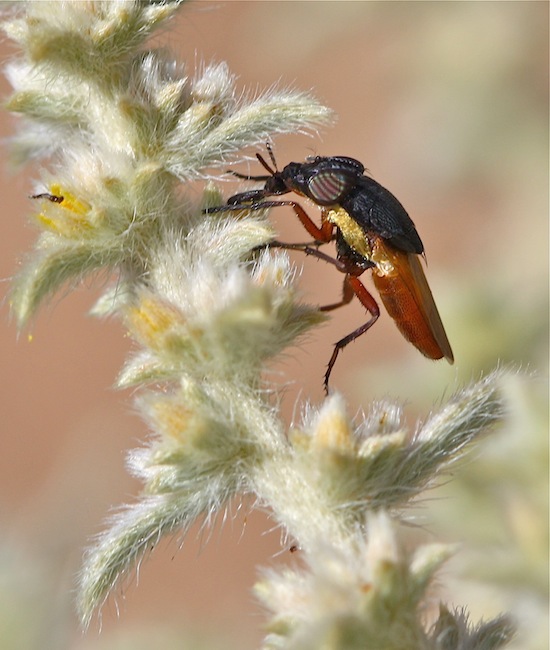 © ExFmem
© ExFmem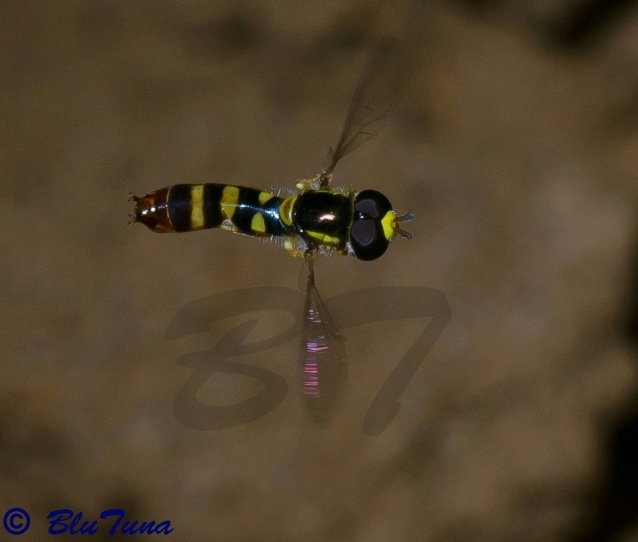 © BluTuna
© BluTuna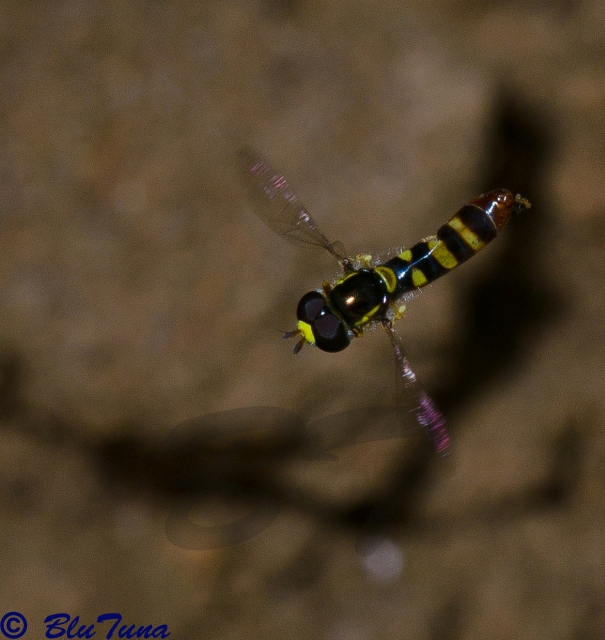 © BluTuna
© BluTuna